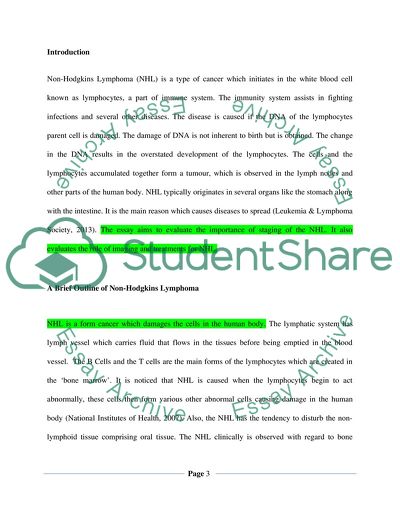Cite this document
(The Role of Imaging for the Investigation, Staging and Follow-Up of Term Paper, n.d.)
The Role of Imaging for the Investigation, Staging and Follow-Up of Term Paper. Retrieved from https://studentshare.org/medical-science/1805908-discuss-the-role-of-imaging-for-the-investigation-staging-and-follow-up-of-non-hodgkins-lymphomaradiography-student
The Role of Imaging for the Investigation, Staging and Follow-Up of Term Paper. Retrieved from https://studentshare.org/medical-science/1805908-discuss-the-role-of-imaging-for-the-investigation-staging-and-follow-up-of-non-hodgkins-lymphomaradiography-student
(The Role of Imaging for the Investigation, Staging and Follow-Up of Term Paper)
The Role of Imaging for the Investigation, Staging and Follow-Up of Term Paper. https://studentshare.org/medical-science/1805908-discuss-the-role-of-imaging-for-the-investigation-staging-and-follow-up-of-non-hodgkins-lymphomaradiography-student.
The Role of Imaging for the Investigation, Staging and Follow-Up of Term Paper. https://studentshare.org/medical-science/1805908-discuss-the-role-of-imaging-for-the-investigation-staging-and-follow-up-of-non-hodgkins-lymphomaradiography-student.
“The Role of Imaging for the Investigation, Staging and Follow-Up of Term Paper”, n.d. https://studentshare.org/medical-science/1805908-discuss-the-role-of-imaging-for-the-investigation-staging-and-follow-up-of-non-hodgkins-lymphomaradiography-student.


